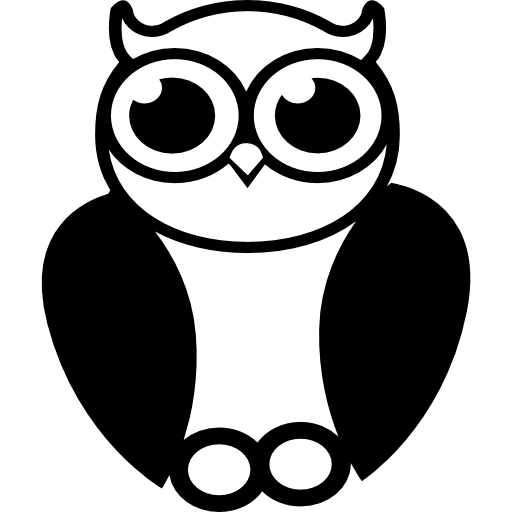Verb "Have" in Different Contexts
Have is both singular and plural. For example, in the simple present tense, ‘have’ is used in the first and second person singular.
Understanding "Have Had"
What I have had means? Have had is ""to have"" in the Present perfect tense. This means that the action was completed in the past and has a consequence in the present.
Auxiliary Verbs
An auxiliary verb helps the main (full) verb and is also called a "helping verb." With auxiliary verbs, you can write sentences in different tenses, moods, or voices.
- Auxiliary verbs are: be, do, have, will, shall, would, should, can, could, may, might, must, ought, etc.
Differences Between "Has" and "Have"
‘Has’ is the third person singular present tense of ‘have’ while ‘had’ is the third person singular past tense and past participle of ‘have.’ Both are transitive verbs, but ‘has’ is used in sentences that talk about the present while ‘had’ is used in sentences that talk about the past.
Understanding "Do" vs "Have"
Have is a verb of possession. It indicates a state of being. Do is a verb of action. It describes motion or action.
Using "Has" or "Have" with Names
The easiest way to remember the correct use of has is that it is paired with the pronouns he, she, and it. It can also be used when you are referring to someone by name. John has a bike. Suzy has a car.
